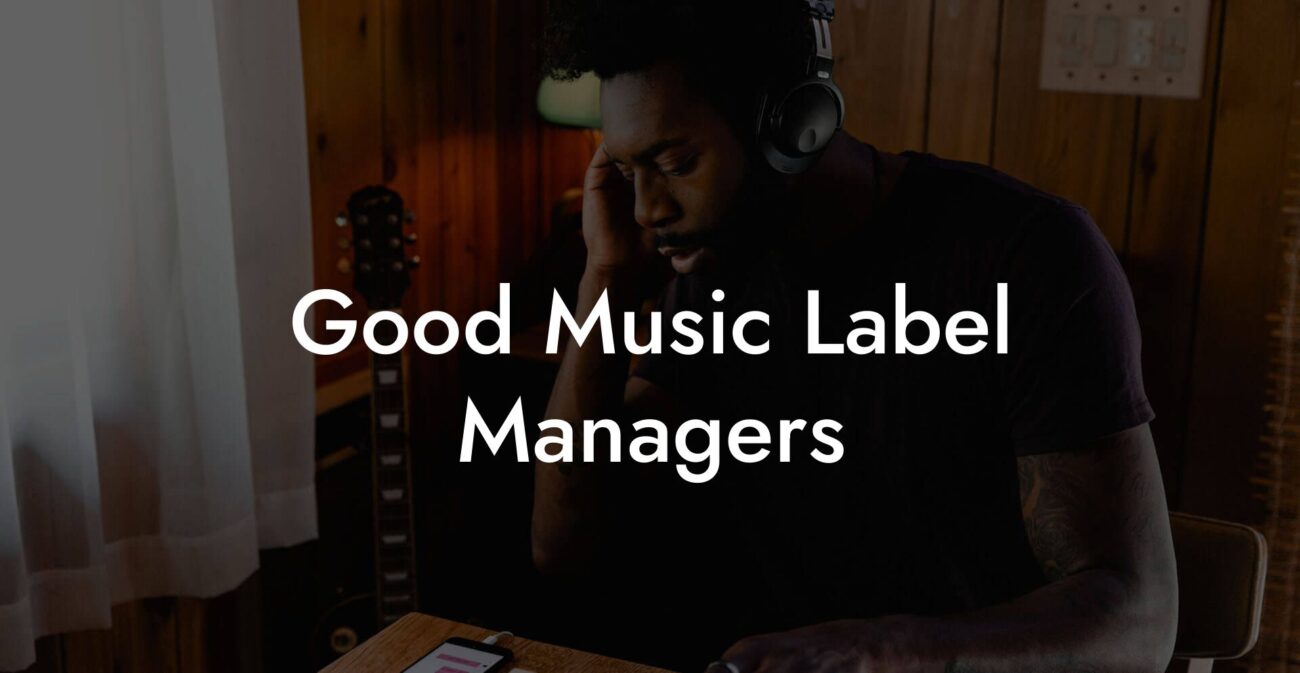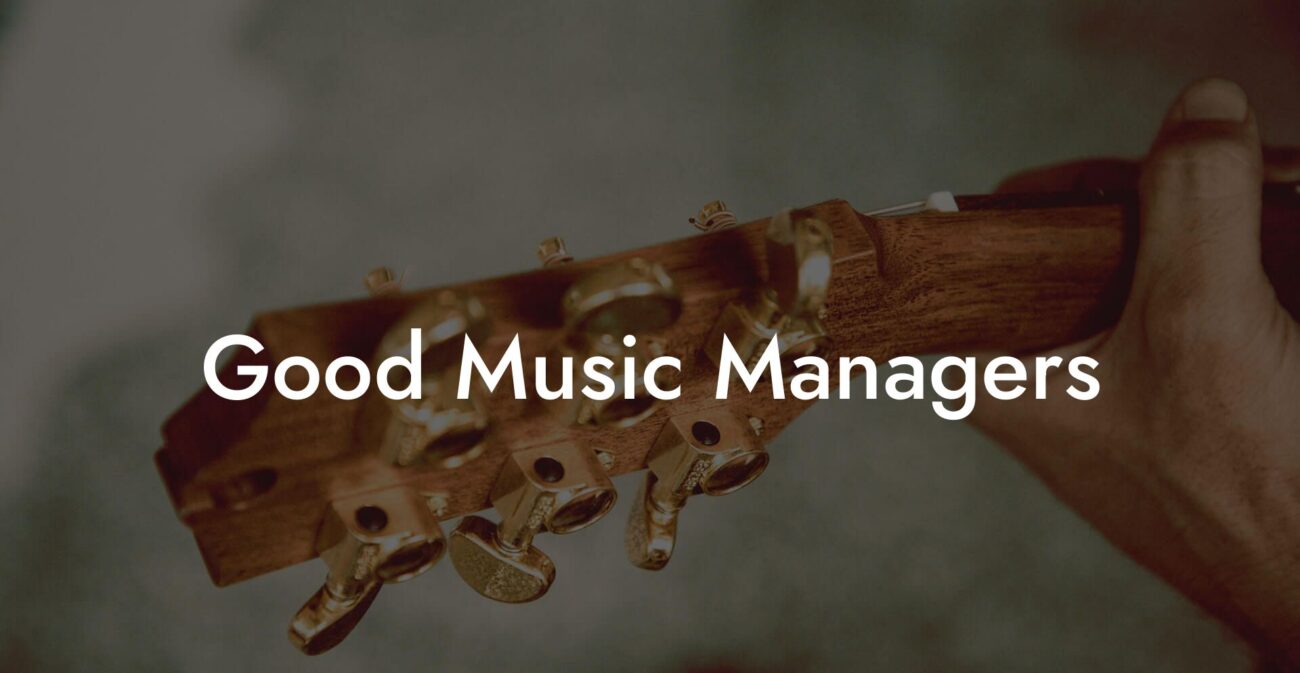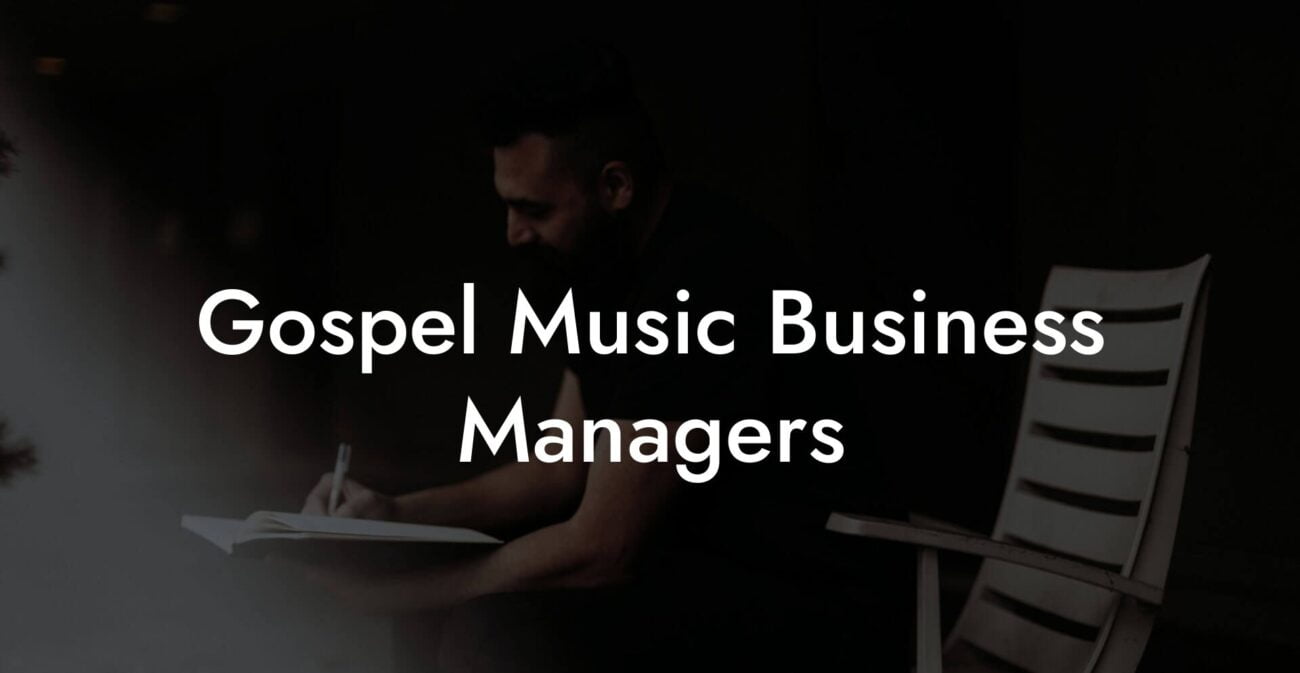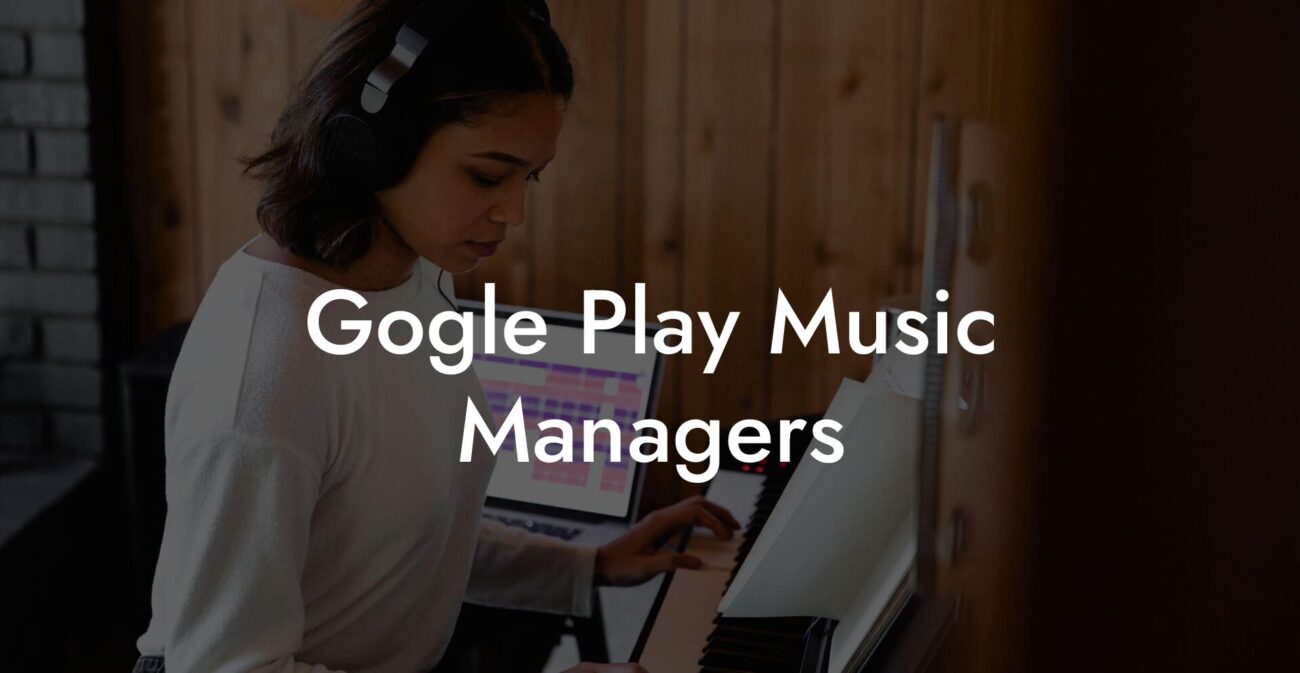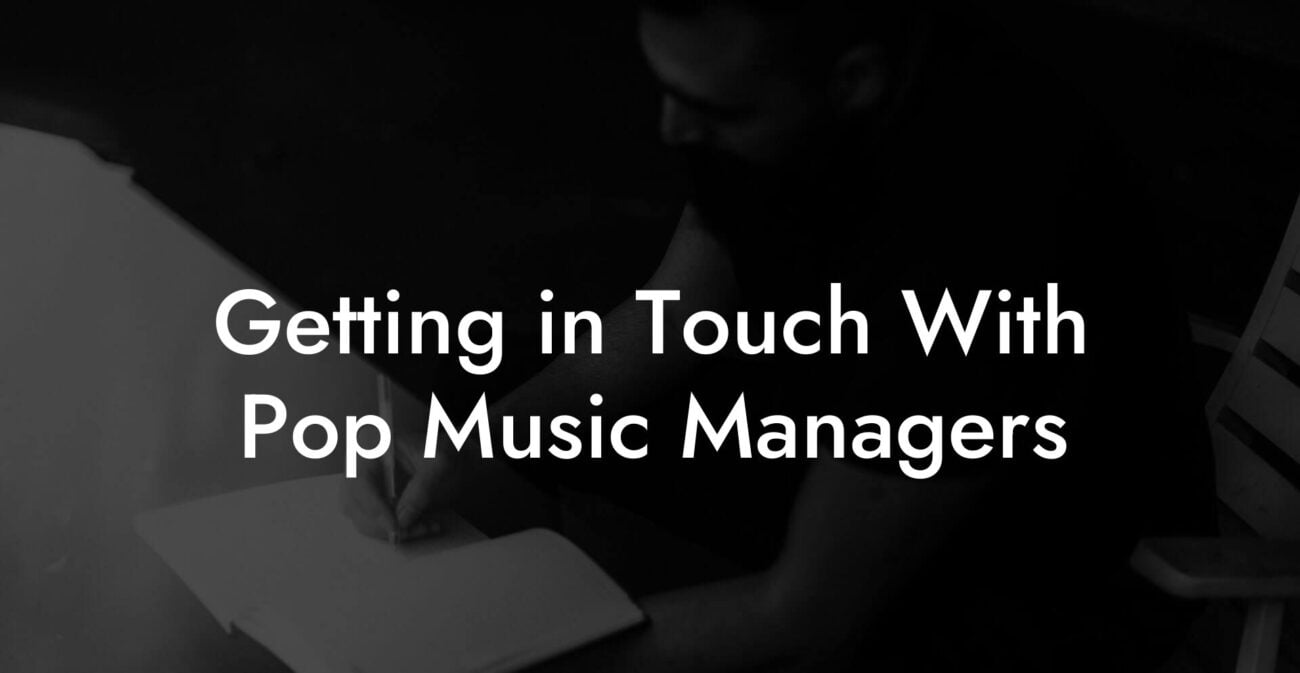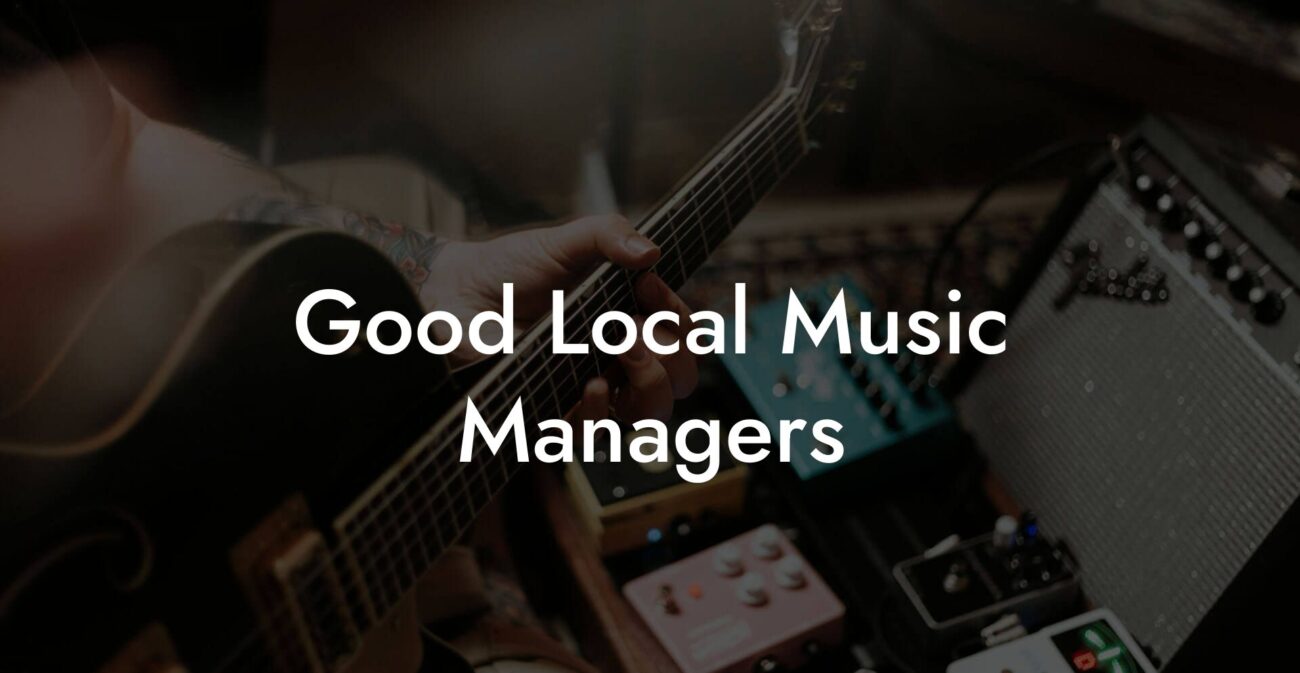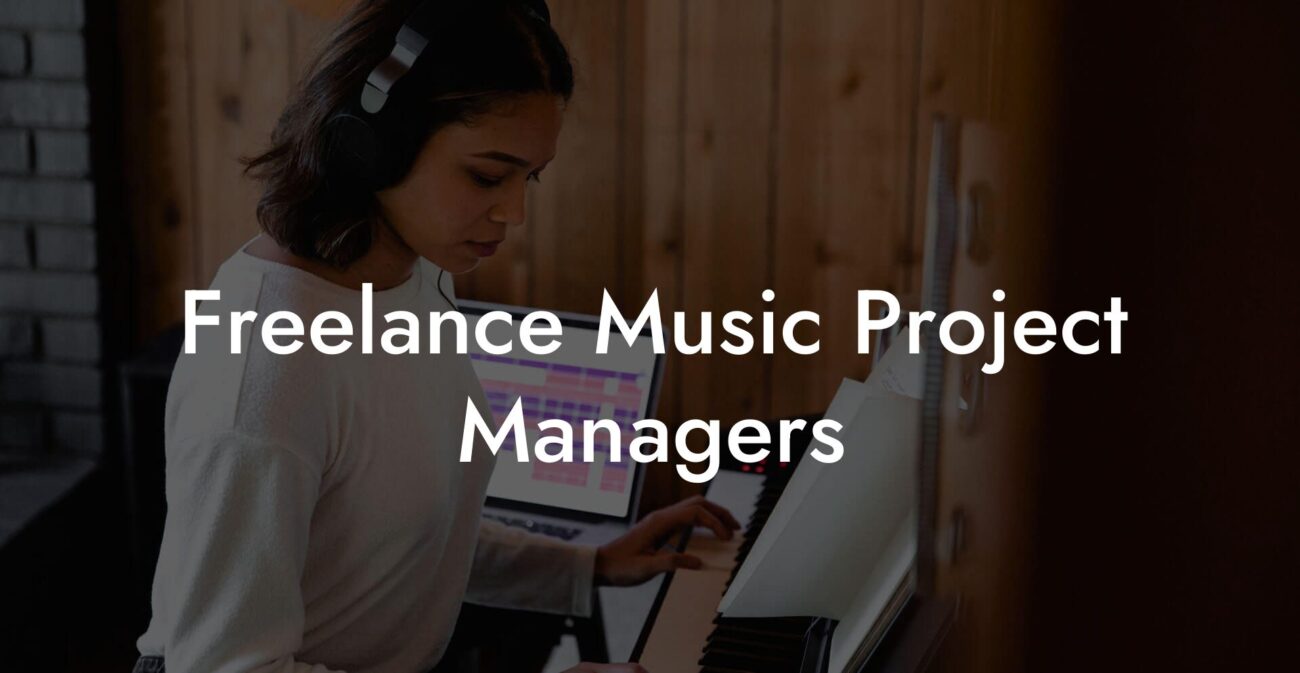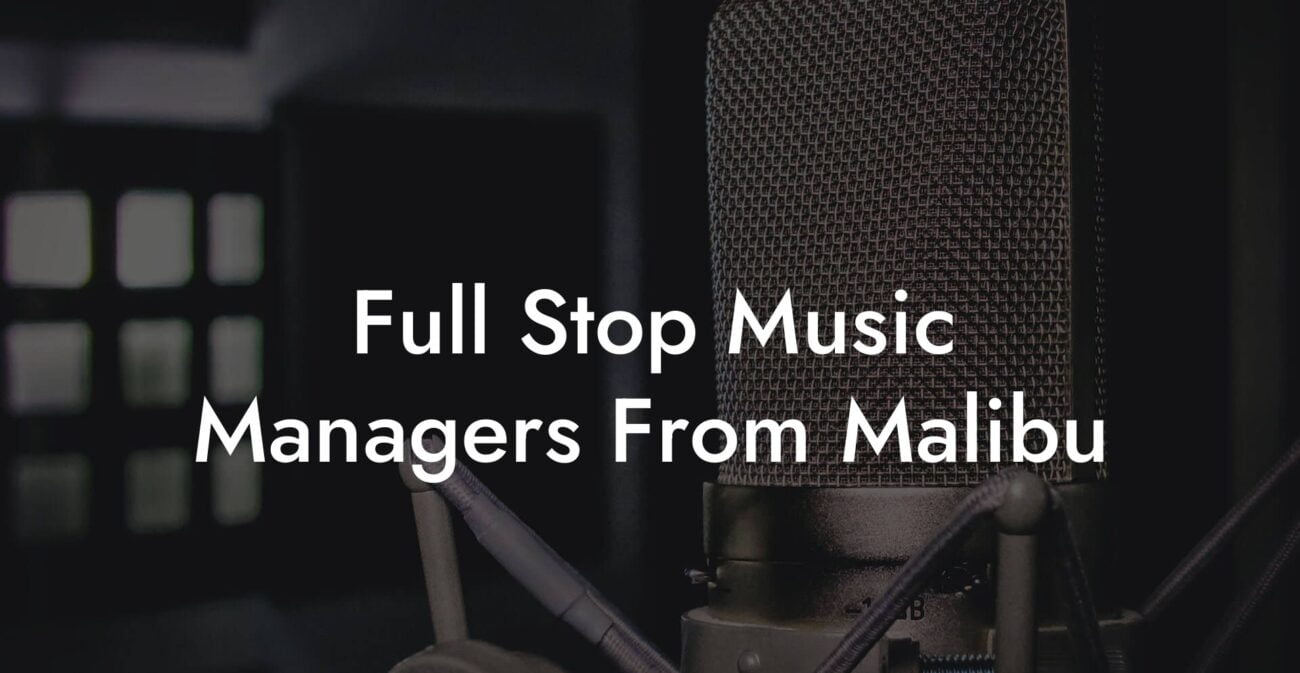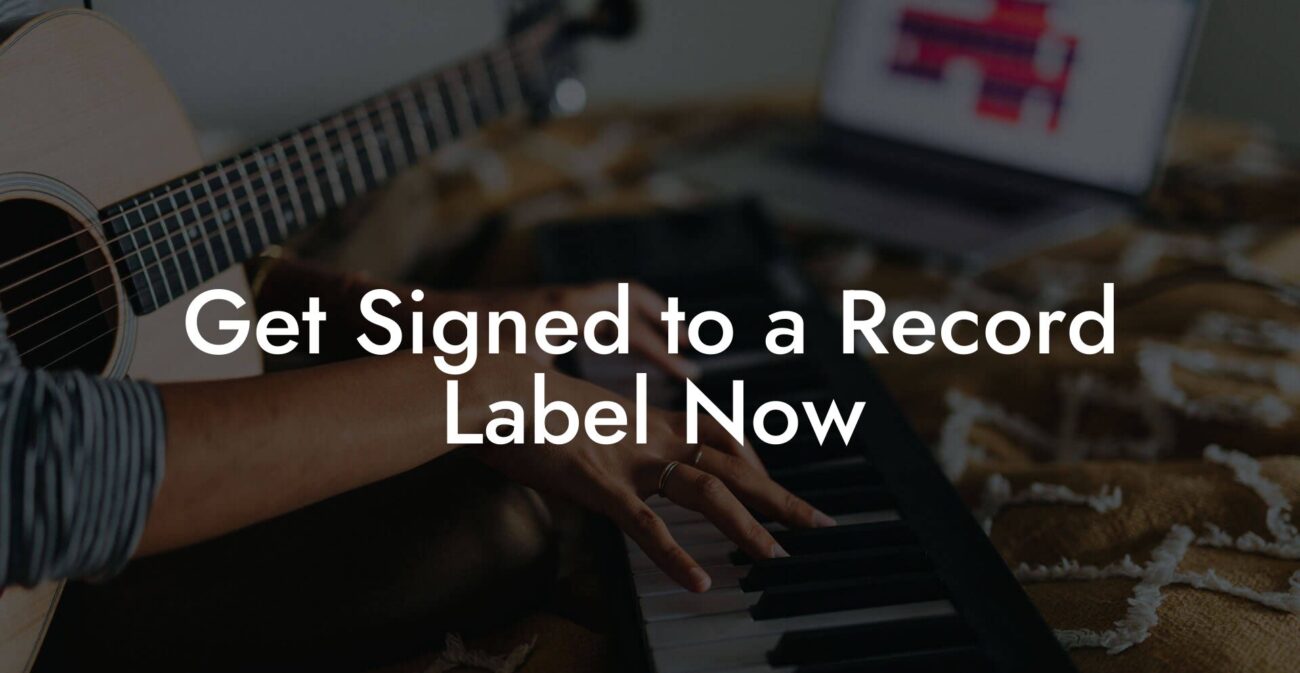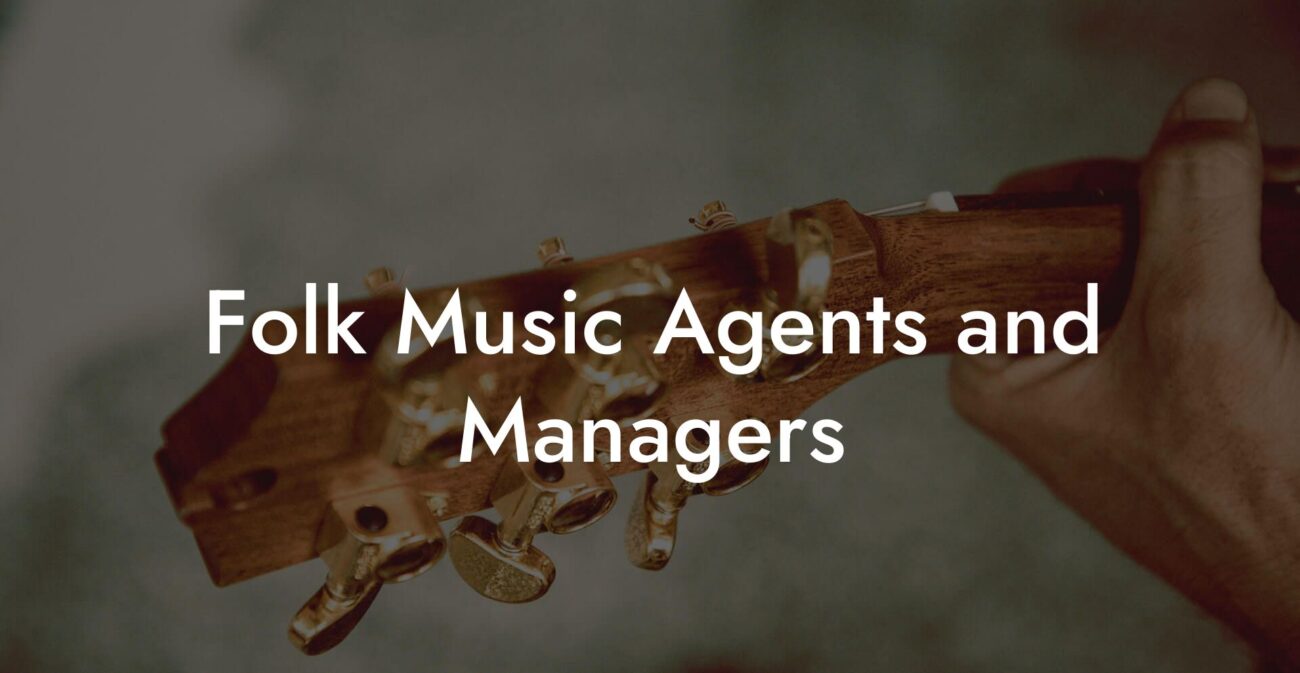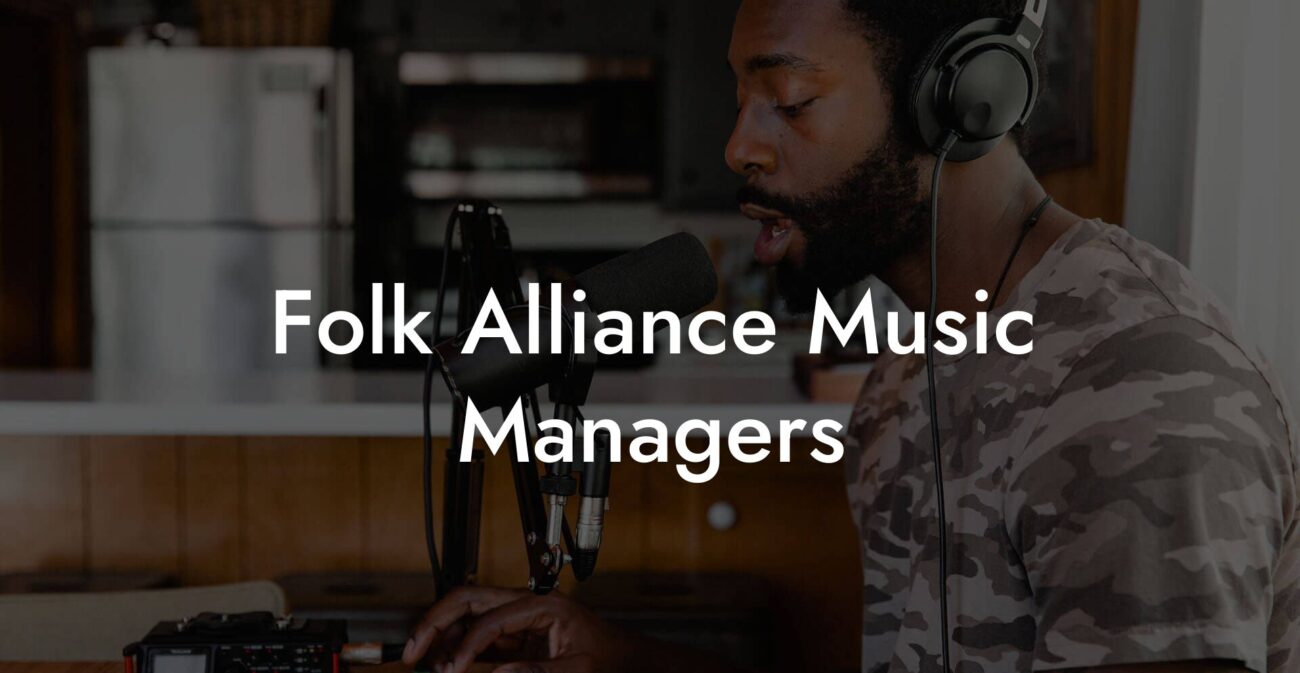Songwriting Advice
How Do I Make A Rap Song
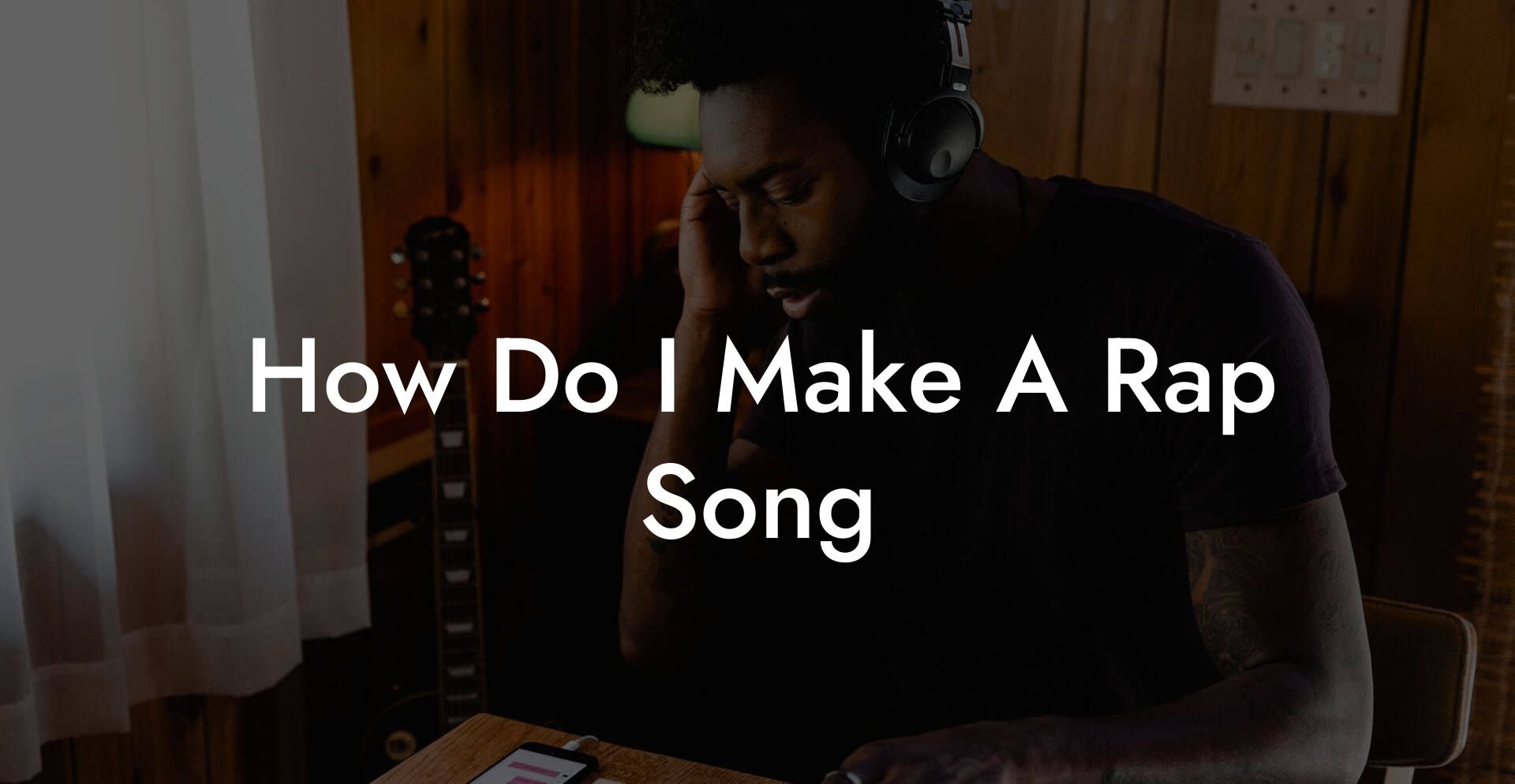
Ever found yourself nodding to that sick beat on your headphones and thinking, “I could totally drop a killer rap song”? Welcome to the ultimate guide on how to make a rap song—your one-stop-shop to turning your thoughts, dreams, and everyday hustle into lyrical gold. Whether you’re a bedroom poet, a freestyle fanatic, or a curious beginner looking to step into the rap arena, this guide is here to help you unleash your inner MC. Grab your favorite hoodie, fire up your creativity, and let’s dive in!
Looking to write your next song? Transform your creative ideas into songs that people will love, and skyrocket your music career with Lyric Assistant. The perfect songwriting assistant. Find out more →
Quick Links to Useful Sections
- Understanding the Rap Game: More Than Just Rhymes
- Finding Your Voice: Getting in the Right Mindset
- Beat Selection: Setting the Stage for Your Flow
- Writing Your Bars: Techniques to Elevate Your Lyrics
- The Art of Rhyme
- Flow: Your Unique Rhythm
- Wordplay and Punchlines
- Structuring Your Rap Song: From Verses to Hooks
- Finding Inspiration: Stories, Struggles, and Swagger
- Overcoming Writer’s Block: Tools and Tricks to Keep You Flowing
- Change Your Environment
- Experiment with Different Beats
- Utilize Digital Tools
- Developing Your Rap Persona: The Art of Branding Yourself
- Collaboration and Community: The Power of Collective Creativity
- Production and Recording: Bringing Your Vision to Life
- Mixing, Mastering, and Final Touches: The Audio Finishing Line
- Navigating Feedback and Continuous Improvement
- Case Studies: Real Stories of Rap Evolution
- Case Study 1: From Bedroom Freestyler to Local Legend
- Case Study 2: The Blogger Turned Rapper
- Case Study 3: Reinventing Yourself Through Sound
- Leveraging Digital Tools: How Lyric Assistant Can Boost Your Creativity
- The Final Mix: Bringing All Elements Together
- Resources and Community Support: Your Next Steps
- Rap Song Success Strategies: Tips from the Pros
- FAQ: Your Rap Song Questions Answered
- Your Journey to a Killer Rap Anthem Begins Now
Understanding the Rap Game: More Than Just Rhymes
Making a rap song isn’t just about stringing words together—it’s an art form that mixes rhythm, wordplay, attitude, and storytelling. Think of it like painting a picture with your voice, where every rhyme is a brushstroke and every beat sets the tone. Rap is your chance to share your unique perspective, vent out frustrations, or just flex your lyrical prowess in a way that’s uniquely you.
For generations, rap has served as a powerful medium for social commentary, personal expression, and cultural storytelling. Whether it’s the raw tales of struggle or the high-energy party anthems, every rap song is a reflection of the artist’s life experience. Today, thanks to digital tools and platforms, making a rap song is more accessible than ever.
In this guide, we’re breaking down every step of the creative process with a down-to-earth, humorous twist that speaks directly to the millennial and Gen Z heart. We’re here to help you craft a rap song that’s authentic, engaging, and ready to drop like those surprise verses in underground cyphers.
Finding Your Voice: Getting in the Right Mindset
Before you even think about beats and bars, let’s talk mindset. Creating a rap song starts with being in the right headspace. It’s about embracing your individuality, tapping into your unique experiences, and letting your personality shine through every line. Think about your passions, your struggles, and your quirks—these are the building blocks of your lyrical legacy.
Write Lyrics Like a Professional Songwriter
The ultimate songwriting tool that takes your creative vision to the next level! With just a few clicks, you can unleash your inner songwriter and craft a hit that's uniquely yours. Your song. You own it.
To truly capture your essence in your rap, start by journaling your thoughts. Whether you’re scribbling down dreams during a midnight snack session or noting a clever phrase in the shower, every idea counts. The best verses often come from moments of vulnerability or unexpected epiphanies. So, be honest with yourself and don’t be afraid to experiment with words.
Remember, there’s no “one right way” to rap. From witty punchlines to deep introspective lines, your voice matters. Create a vibe that’s real and relatable. Whether you’re inspired by the laid-back flow of a West Coast legend or the intricate wordplay of East Coast pioneers, own your style.
Beat Selection: Setting the Stage for Your Flow
Now that you’re feeling inspired, it’s time to talk beats. The beat is essentially the backbone of your rap song—it sets the rhythm and gives structure to your flow. A well-chosen beat can elevate your lyrics, making them punchier and more impactful.
When choosing your beat, consider the mood you want to create. Are you going for something hard-hitting and aggressive, smooth and jazzy, or perhaps something experimental that defies genres? Platforms like YouTube, SoundCloud, and even dedicated beat-selling sites offer a treasure trove of instrumentals. If you’re not a producer, you can always collaborate with local beat makers or even use free resources online.
At this point, experiment! Play your lyrics over different instrumentals, tweak the tempo, and don’t be scared to mix genres. The beauty of rap lies in its versatility. And if you ever hit a creative block, just remember: you can always lean on tools like Lyric Assistant for that extra spark to help craft your perfect lines.
Writing Your Bars: Techniques to Elevate Your Lyrics
Let’s break down the process of writing your bars—the heart of any rap song. Crafting memorable rhymes takes a mix of inspiration, technique, and a little bit of swagger. Here are some key techniques to keep your flow fresh:
The Art of Rhyme
Rhyme is your secret weapon. While most rap songs rely on basic end rhymes, try to mix it up with internal rhymes, multi-syllabic schemes, and even assonance and consonance. Play with your words—bend them, break them apart, and twist them into new shapes. The more varied your rhyming techniques, the more dynamic your rap becomes.
Flow: Your Unique Rhythm
Flow is the rhythmic delivery of your lyrics. It should feel natural and sync perfectly with your beat. Experiment with different speeds, pauses, and inflections. A smooth, steady flow works wonders with a chill beat, while a rapid-fire delivery might complement a more uptempo instrumental.
Don’t get too caught up in perfecting your flow immediately. Record yourself, listen back, and refine your delivery until it feels like a natural extension of your personality.
Wordplay and Punchlines
Clever wordplay and punchlines are what set great rappers apart from the rest. Try incorporating metaphors, similes, and double entendres to add layers of meaning to your lyrics. A well-placed punchline can leave a lasting impression on your audience—think of it as the mic drop moment of your verse.
Always consider your audience. For millennials and Gen Z, authenticity and wit go hand-in-hand. Use humor, pop culture references, or even self-deprecation to keep your audience engaged.
Structuring Your Rap Song: From Verses to Hooks
Structure matters. A well-organized rap song draws the listener in and gives your message a clear narrative arc. Most rap songs follow a simple yet effective structure that typically includes verses, a hook (or chorus), and sometimes a bridge or breakdown.
Verses: This is where you lay down your story. Verses allow you to explore your themes, build your narrative, and flex your lyrical muscles. Keep your verses vivid, punchy, and authentic.
The Hook: The hook is the catchiest part of your song—the line or phrase that sticks in your listener’s head long after the track is over. A great hook distills your song’s essence into one memorable phrase. Aim for something that’s both relatable and catchy.
Bridge/Breakdown: Although not mandatory, a bridge or breakdown can add an extra dimension to your track. This section is your chance to change up the flow, experiment with different sounds, or provide a moment of reflection before diving back into your verses or hook.
Remember, while these elements provide a framework, the beauty of rap is in its flexibility. Let your creative instincts guide you—if a non-traditional structure suits your vision, go for it!
Finding Inspiration: Stories, Struggles, and Swagger
What makes a rap song memorable? It’s the story behind the lyrics. Your experiences, struggles, triumphs, and even your everyday moments can all be turned into compelling verses. Dig deep into your own narrative; authenticity resonates with listeners.
Think about the times that have shaped you—the late-night chats with friends, the hustle to make ends meet, the joy of small victories, or the sting of betrayal. Every emotion is a potential lyric, and every situation carries a lesson waiting to be spun into a rhyme.
To get those creative juices flowing, try these tips:
- Freewriting Sessions: Set a timer for 10 or 15 minutes and write down everything that comes to mind. Don’t censor yourself—let the words flow.
- Mind Mapping: Start with a central idea (like “dreams,” “struggle,” or “success”) and branch out with related ideas, phrases, and emotions.
- Collaborate: Sometimes a brainstorming session with a fellow creative can spark ideas that you might have missed on your own.
The key is to stay true to your own voice. Modern rap audiences crave authenticity—a genuine story told with honesty and a dash of confidence.
Overcoming Writer’s Block: Tools and Tricks to Keep You Flowing
Even the best rappers hit a creative dry spell sometimes. Writer’s block is a rite of passage in the creative process, but it doesn’t have to stop you in your tracks. Embrace it as an opportunity to experiment with new ideas and techniques.
Here are some strategies to bust through those creative barriers:
Change Your Environment
Sometimes a change of scenery can spark inspiration. Whether it’s a quiet park, a bustling coffee shop, or just a different room in your house, a fresh environment can provide a new perspective.
Experiment with Different Beats
If one beat isn’t clicking, try switching it up. Sometimes a different instrumental can unlock a new lyrical approach that you didn’t consider before.
Utilize Digital Tools
Tools like Lyric Assistant are designed to help you generate ideas, find the right words, and even suggest rhyme schemes. Don’t be afraid to use such resources to give your creative process a push.
Remember, writer’s block is just a temporary pause in your creative flow—a challenge that can lead to deeper, more innovative writing once you push through it.
Developing Your Rap Persona: The Art of Branding Yourself
In rap, your identity is as important as your lyrics. Developing a rap persona means curating an image, style, and backstory that resonates with your audience. This isn’t just about the clothes you wear or the slang you drop—it’s about being unapologetically you.
Ask yourself:
- What sets me apart from other rappers?
- What are my core values and experiences?
- What kind of stories do I want to tell?
Your rap persona should be an authentic extension of your personality. Whether you choose to project a gritty street narrative, a smooth intellectual vibe, or a mix of both, consistency is key. Let your persona shine through in everything—from your lyrics to your social media presence.
Modern rap listeners admire originality and confidence. Express yourself boldly, and let your music be a reflection of your personal journey. Your authenticity will be your most valuable asset in a saturated rap landscape.
Collaboration and Community: The Power of Collective Creativity
Rap isn’t created in a vacuum. Collaboration plays a huge role in making a rap song that stands out. Whether it’s working with a talented producer, exchanging ideas with fellow lyricists, or even bouncing your verses off a close friend, the creative process is often a team effort.
Engaging with a community of like-minded artists can help you gain new insights, refine your skills, and keep you motivated. Networking with other musicians not only expands your creative horizons but can also open doors to exciting opportunities in the industry.
Don’t hesitate to join online forums, attend local open mic nights, or even collaborate on tracks with artists you admire. Your next big break might just be a conversation away!
Production and Recording: Bringing Your Vision to Life
Once you’ve penned your verses and locked down your beat, it’s time to make some magic in the studio—whether that’s a professional setup or your own home studio setup on a budget. Recording your rap song is the moment where your ideas transition from paper (or screen) to audio reality.
Here are some tips for a smooth recording process:
- Invest in Good Equipment: Clear audio is essential. If you’re on a tight budget, look for quality budget microphones and headphones that won’t break the bank.
- Find a Quiet Space: Minimize background noise. A quiet, treated space—even if it’s just a closet turned studio—can vastly improve your recording quality.
- Practice Your Delivery: Before pressing record, rehearse your verses. Work on timing, pronunciation, and emotion. A few dry runs can transform your performance.
- Experiment with Effects: From auto-tune to dynamic mixing, playing with audio effects can add that extra polish to your track.
Whether you’re recording with a professional crew or in your makeshift home studio, take time to perfect your sound. Your production quality is a reflection of your artistry—make it count!
Mixing, Mastering, and Final Touches: The Audio Finishing Line
After the recording comes the fine art of mixing and mastering. This phase is all about balancing your vocals with your beat, ensuring every element of your track resonates with clarity and punch. If you’re not a mixing whiz, consider collaborating with a producer or engineer who understands your vision.
A few dos and don’ts for mixing and mastering:
- Do: Spend time on EQ (equalization) to ensure your vocals sit perfectly on top of the beat. Use compression judiciously to keep your dynamics smooth and in check.
- Don’t: Overdo effects. Sometimes less is more—let your natural voice and the raw energy of your delivery shine through.
- Do: Test your mix on multiple sound systems (earphones, speakers, car audio) to ensure it sounds great everywhere.
A well-mixed and mastered track not only sounds professional but also leaves a lasting impression on your listeners. It’s the final touch that can turn your rap song from a rough draft into a polished gem.
Navigating Feedback and Continuous Improvement
No masterpiece is created in a vacuum. Constructive criticism and feedback are vital in the journey of making a rap song that evolves and improves over time. Share your work with trusted friends, mentors, or even online communities dedicated to rap and songwriting.
Embrace feedback as a tool for growth rather than criticism. Whether it’s tweaking a flow, adjusting your lyrics, or rethinking a beat, every suggestion is an opportunity to fine-tune your craft. Remember, even icons like Eminem and Jay-Z constantly refine their work before releasing that slice of bangers.
Keep a journal of the feedback you receive and your reflections after each session. Over time, you’ll notice patterns and areas for improvement, all contributing to your evolution as an artist.
Case Studies: Real Stories of Rap Evolution
Sometimes, the best way to understand the process is to look at real-life examples of aspiring rappers who took the leap and transformed their craft. Here are a few stories to inspire you:
Case Study 1: From Bedroom Freestyler to Local Legend
Marcus, a self-proclaimed bedroom freestyler from Atlanta, knew he had a story to tell. Armed with his smartphone, a free beat downloaded online, and an insatiable hunger for self-expression, he started recording verses in his makeshift studio. His raw, unfiltered delivery quickly won the attention of local DJs. With the help of collaborative sessions at local open mics and input from fellow artists, Marcus refined his flow and soon became an overnight sensation in his community.
Case Study 2: The Blogger Turned Rapper
Meet Jasmine, a digital native who started as a blogger. She saw rap not just as entertainment, but as a powerful medium to share her social and political views. With a knack for storytelling and a passion for activism, Jasmine turned to online platforms and social media to drop her verses. Experimenting with various beats and using tools like Lyric Assistant to fine-tune her lyrics, her tracks began to go viral. Her authentic voice resonated with a wide audience, eventually leading to collaborations with other established artists in the underground scene.
Case Study 3: Reinventing Yourself Through Sound
Tyler had tried his hand at several genres before discovering rap. Unsure of where his true talent lay, he immersed himself in the diverse world of hip hop. Tyler experimented with everything from trap to boom bap, blending his musical influences to create a sound that was uniquely his. His willingness to embrace multiple styles and collaborate with producers from different backgrounds eventually helped him carve out a niche. Today, Tyler’s innovative approach and signature sound continue to inspire other aspiring rappers to step out of their comfort zones.
These case studies highlight that there is no single path to success in rap. Whether you’re a solo act or thrive in a community, the most important thing is to stay true to your creative vision and keep experimenting with your art.
Leveraging Digital Tools: How Lyric Assistant Can Boost Your Creativity
In today’s digital age, technology can be a game-changer in the creative process. Tools like Lyric Assistant are designed to help budding rappers and seasoned MCs alike by generating lyric ideas, suggesting rhyme schemes, and even helping with the overall structure of your rap song. Think of it as your personal brainstorming buddy that’s always on hand when inspiration strikes.
Using digital tools offers several benefits:
- Efficiency: Quickly generate creative ideas and overcome writer’s block without getting lost in endless scribbles.
- Inspiration: Explore new rhyme combinations, vocabulary twists, and fresh lyrical perspectives.
- Collaboration: Integrate your digital workflow with other producers and lyricists, making remote collaboration smoother than ever.
Whether you’re just starting out or you’re a seasoned wordsmith, leveraging a tool like Lyric Assistant can add a boost to your creative flow, helping you transform abstract ideas into solid verses.
The Final Mix: Bringing All Elements Together
Combining your creative vision, a killer beat, refined lyrics, and a unique rap persona culminates in what we call “the final mix.” This stage is all about synthesizing all the components you’ve worked on into a cohesive track that genuinely represents who you are as an artist.
The final mix process might include:
- Revisiting Your Lyrics: Read and listen to your verses repeatedly. Tweak phrases to ensure every line flows smoothly and contributes to the overall message.
- Fine-Tuning the Beat: Adjust the tempo and ensure your delivery complements the rhythmic foundation of the instrumental.
- Layering Vocals and Effects: Enhance the raw recording with backing vocals, ad-libs, and subtle sound effects to add depth and texture.
- Ensuring Cohesion: Align every element of your track—from introductory bars to the explosive final hook—for a unified sound.
This is your moment to shine. With all your hard work coming together, the final mix is where you can truly set the stage for taking your music to the next level.
Resources and Community Support: Your Next Steps
Now that you’ve got the blueprint for making a killer rap song, it’s time to dive into the thriving community of hip hop creators. Here are some resources to keep you inspired and supported:
- Online Forums and Groups: Platforms like Reddit’s r/makinghiphop, Discord servers dedicated to rap production, and Facebook groups where you can share your work and get feedback.
- YouTube Channels and Tutorials: Check out channels that break down beat production, flow techniques, and songwriting tips from industry professionals.
- Local Open Mic Nights and Freestyle Battles: Nothing beats the energy of live performance. Use these opportunities to test your material and network with like-minded artists.
- Music Production Schools: If you’re serious about mastering the technical side of music production, consider taking a course that covers everything from beat-making to advanced mixing techniques.
Additionally, give Lyric Assistant a spin whenever you need a creative boost. With its intuitive design and modern features, it can be that secret sauce in your creative arsenal, helping you craft lyrics that are both sharp and meaningful.
Your journey to becoming a formidable rap artist doesn’t stop here. With the right combination of passion, practice, and community support, you’re well on your way to dropping tracks that echo in the hearts of your listeners. So, take the plunge, experiment with new sounds, and always be willing to learn from every beat and bar.
Rap Song Success Strategies: Tips from the Pros
Let’s wrap up with some pro tips that can turbocharge your rap songwriting journey:
- Stay Authentic: Trends come and go, but your authentic voice is timeless. Focus on writing what resonates with you instead of mimicking someone else’s style.
- Keep Practicing: Daily writing and freestyling sharpen your skills. Like any art form, consistency is key to exponential improvement.
- Embrace Criticism: Use constructive feedback to fuel your creative evolution. Every piece of insight is a stepping stone to honing your craft.
- Network Relentlessly: The more connections you make, the more opportunities you have to collaborate, learn, and grow in the rap community.
- Have Fun: Ultimately, music should be enjoyable. Let your experiments be playful and fearless. The best tracks often come from moments of spontaneous creativity.
These strategies have helped countless artists break through the noise. Whether you’re spitballing in your bedroom or recording at a high-end studio, remember that every artist’s journey is unique. Embrace your story, trust your instincts, and let your creativity flow.
FAQ: Your Rap Song Questions Answered
We know you might have a bunch of questions before diving into your next big project. Here are some frequently asked questions to help you out:
1. How do I choose the right beat for my rap song?
Choosing the right beat is all about matching the mood of your lyrics. Listen to various instrumentals, experiment with different tempos, and pick one that resonates with the vibe you want to create.
2. What if I’m not a naturally gifted writer?
Don’t sweat it. Great rap songs are built over time, and resources like Lyric Assistant can help jumpstart your creativity. Practice, experiment, and use every setback as a stepping stone.
3. How important is flow in my rap song?
Flow is critical—it’s what gives your lyrics rhythm and personality. Experiment with different delivery styles until you find one that feels comfortable and matches your beat.
4. Can I collaborate with other people on my song?
Absolutely! Collaboration is a cornerstone of the rap world. Partnering with producers, fellow rappers, or even visual artists can enrich your song’s overall vibe.
5. How can I learn to write better punchlines?
Study artists known for their witty wordplay, practice with freewriting exercises, and don’t be afraid to experiment with metaphors and double entendres. Every good rapper refines their craft through trial and error.
6. What role does storytelling play in a rap song?
Storytelling is essential. Engaging narratives and personal experiences not only captivate listeners but also distinguish your work from generic verses.
7. How do I overcome a creative block when writing lyrics?
Mix up your routine, try new beats, and use digital tools like Lyric Assistant to spark ideas. Sometimes, stepping away for a bit also helps your creativity to recharge.
8. Do I need professional equipment to start recording?
Not necessarily. While quality equipment can enhance your sound, many successful tracks have been recorded in humble home setups. Focus on improving your skill set and upgrading your gear over time.
9. Is it important to follow a traditional song structure?
Not at all! While a typical structure (verses, hook, bridge) helps, some artists break the mold to create something truly original. Let your creativity guide you.
10. How do I stay motivated in the long run?
Surround yourself with a supportive community, celebrate small successes, and continually explore new inspirations—whether from your life, other forms of art, or even everyday conversations.
Your Journey to a Killer Rap Anthem Begins Now
Crafting a rap song is a dynamic blend of passion, creativity, and sheer hustle. Every step—from hitting the right beat to curating those unforgettable verses—is a part of your unique artistic expression. The journey might seem daunting at first, but with perseverance, the right tools, and a community that cheers you on, you’ll be well on your way to dropping tracks that resonate and inspire.
Dive into your creative process with confidence, remember that every misstep is a lesson, and most importantly, have fun with it. Your rap song is not just music—it’s your story told in a language that transcends boundaries and speaks to millions.
So, get ready to hit the studio, experiment with beats, and refine your flow—your masterpiece is waiting to be crafted. Embrace the journey, stay authentic, and let your voice be heard through every rhyme and rhythm.
Whether you’re recording in your bedroom or collaborating with top-notch producers, know that every beat, every line, and every drop of sweat is paving your way to rap stardom. Now is the time to elevate your art, making music that not only entertains but also empowers.

